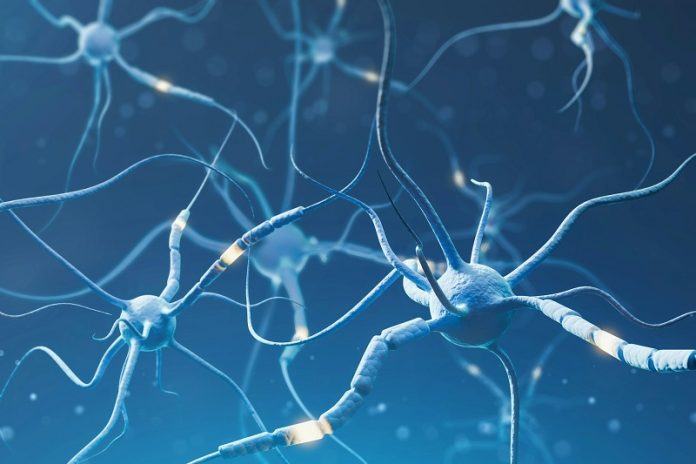
Researchers have uncovered a surprisingly simple brain circuit involving just three neurons that may be key to understanding why and how we eat.
This discovery could change the way we think about hunger and might one day lead to new treatments for obesity and eating disorders.
Led by scientists Christin Kosse and Jeffrey M. Friedman at Rockefeller University, the study found that these neurons control chewing movements and respond to hunger signals in a way that resembles a reflex.
We rely on jaw movements for many activities—speaking, chewing, laughing, and yawning. Each movement is controlled by complex brain circuits that send signals to jaw muscles.
The team, focusing on a specific area of the brain called the hypothalamus, found that a hormone related to hunger triggers a circuit of neurons that stimulates chewing motions.
When they activated this small group of neurons, known as BDNF neurons, in the ventromedial hypothalamus (VMH), they noticed a surprising effect: mice would stop eating entirely, even if they were hungry.
But when the scientists silenced these neurons, the mice began to eat excessively and even displayed chewing motions without any food around.
The BDNF neurons appear to work like a switch for eating behavior. When turned on, they suppress eating and jaw movements; when turned off, they increase both.
This simple architecture led researchers to believe that the urge to eat might be more like a reflex than previously thought.
“It’s surprising that these neurons are so focused on motor control,” says Kosse, “and that limiting jaw motion could act as a kind of appetite suppressant.”
To see how BDNF neurons might impact obesity, the researchers zeroed in on the VMH, a part of the brain known to influence hunger and weight. Damage in the VMH often leads to overeating and obesity.
The researchers discovered that in animals with a tendency to gain weight, BDNF neurons were especially active in the VMH, suggesting they naturally work to curb excessive eating.
But when these neurons were missing or malfunctioned, the animals consumed more food and rapidly gained weight.
In a series of experiments, researchers used optogenetics, a technique to control cells with light, to switch the BDNF neurons on and off in mice. When the neurons were activated, the mice stopped eating—even high-calorie treats like sugary or fatty foods. When the neurons were turned off, the mice started chewing anything in sight, from wood blocks to wires, showing an intense urge to move their jaws.
This behavior suggested that the BDNF neurons not only control the amount we eat but also influence the urge to chew, whether food is present or not.
Researchers found that BDNF neurons in the VMH receive signals from another part of the brain called the arcuate nucleus, which senses hunger hormones like leptin.
When leptin is low, it signals that it’s time to eat; when leptin is high, it signals fullness. From there, BDNF neurons relay the message to a brainstem area called Me5, which directly controls jaw movement.
This circuit may explain why damage in the VMH or mutations in BDNF can lead to obesity. “The evidence shows that obesity related to VMH damage is due to a loss of BDNF neurons, connecting known genetic mutations to a clear brain circuit,” Friedman says.
Interestingly, this circuit’s structure resembles a reflex. In reflexes, a specific stimulus triggers an automatic response, like coughing to clear the throat.
Eating is complex, influenced by factors like taste, social setting, and emotion, but the BDNF circuit’s simplicity suggests that hunger may trigger automatic chewing responses in a similar way.
This ancient circuit might have been essential for survival, ensuring that animals fed themselves reliably.
The researchers hope to explore further how BDNF neurons affect other reflexive actions, such as stress-related chewing behaviors like nail-biting. Kosse adds, “Studying these neurons could reveal more about other instinctive behaviors and how they’re controlled by similar circuits in the brain.”
The research appears in Nature and highlights a new way to think about hunger, eating, and the brain.
If you care about dementia, please read studies about dietary strategies to ward off dementia, and how omega-3 fatty acids fuel your mind.
For more health information, please see recent studies about Choline deficiency linked to Alzheimer’s disease, and what to eat (and avoid) for dementia prevention.



